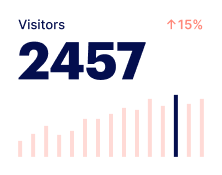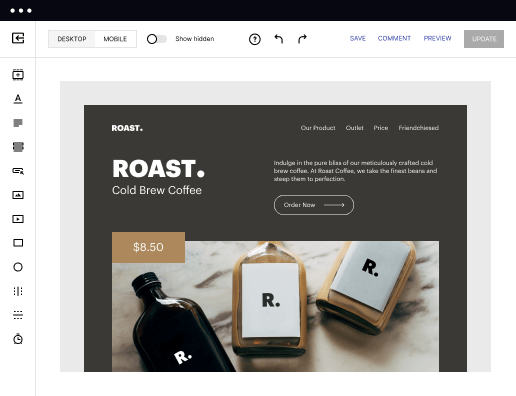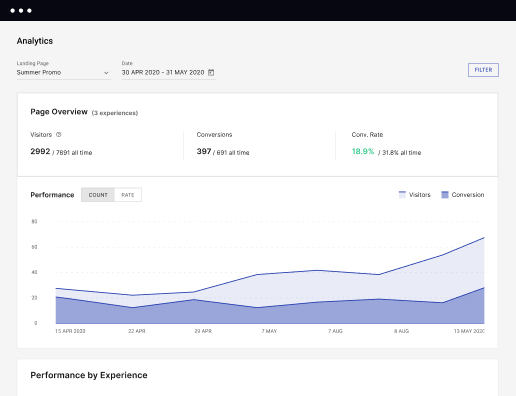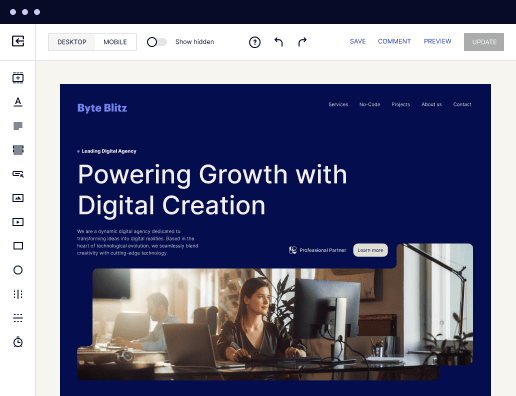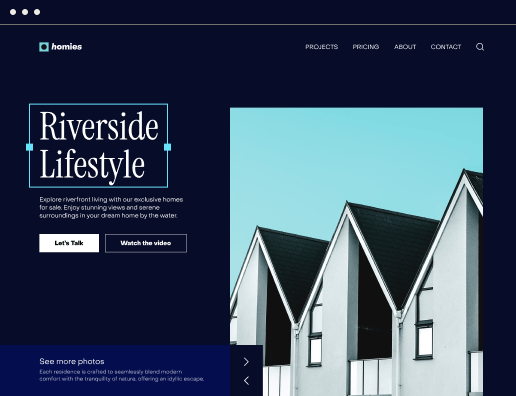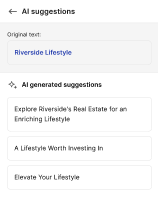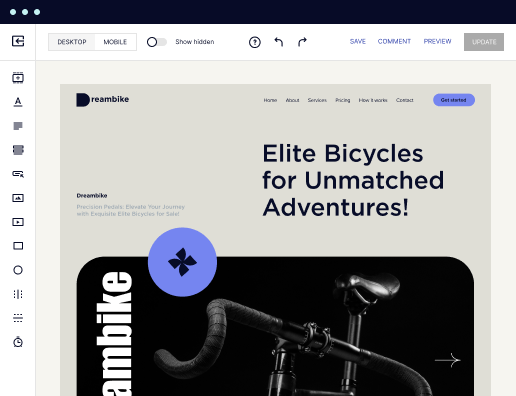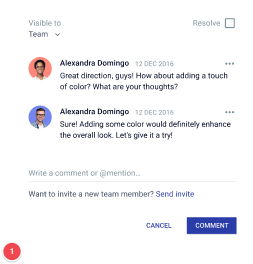Make your cart page designed for CentOS
Instapage empowers you to reduce costs, increase conversions, and deliver meaningful experiences on CentOS.
Creating Your Cart Page on CentOS: A Comprehensive Guide
Building an effective cart page is essential for optimizing online sales. Instapage provides marketers with easy-to-use tools to create tailored landing pages that enhance user experience and reduce costs. Here, we will guide you step-by-step through the process of creating your cart page on CentOS, enabling you to significantly boost conversion rates while ensuring brand integrity.
Step 1: Setting Up Your Environment
Before diving into creating your cart page, you need to set up your CentOS environment. This involves ensuring that your server is updated and has all necessary dependencies installed. Here are the key actions to undertake:
- Update CentOS: Regularly update your system with the latest patches to enhance security and performance.
- Install required packages: Make sure you have tools such as Apache, PHP, and MySQL or any desired database installed for your cart functionalities.
- Set up firewall rules: Configure your firewall to allow traffic only on necessary ports to secure your cart page.
Step 2: Utilizing Instapage for Your Cart Design
With your environment ready, it’s time to design your cart page using Instapage. Leverage its various templates to enhance user engagement.
- Utilize conversion-focused layouts: Select from 100+ pre-built templates that are proven to increase conversions.
- Implement dynamic text replacement: This allows for personalized messages to resonate with individual users, enhancing relevance.
- Utilize heatmaps: Monitor visitor behavior to optimize layout and content placements based on real user data.
Step 3: Performing Optimization and Testing
After creating your cart page, the next crucial phase is optimization. With built-in experimentation features, Instapage allows you to test various elements of your page.
- Conduct A/B testing: Compare different versions of your cart page to pinpoint which design or copy drives the most conversions.
- Analyze performance through analytics dashboard: Gain insights into traffic sources, visitor behavior, and conversion rates to understand your page's effectiveness.
- Use audience-level tracking: Tailor your campaigns and messaging based on detailed metrics collected from your users.
By following these steps, you will not only create a cart page tailored for your audience but also ensure it is optimized for conversions.
Remember, crafting a successful cart page is an iterative process. Continuously gather feedback and improve over time for sustained success.
Get started with Instapage to effortlessly create a stunning cart page on CentOS today, and watch your conversions soar!
Get more out of Create your cart page on CentOS
Improve your Quality Score with quick load technology for landing pages
Increase conversions with content that aligns with your ads and audiences
Achieve maximum ROI by scaling your marketing initiatives
Leading the way in building high-performing landing pages





FAQs
See how to create your cart page on centos in action
Ready to skyrocket conversions?
Supercharge your ad campaigns with high-performing landing pages.
Get started
